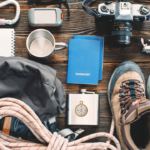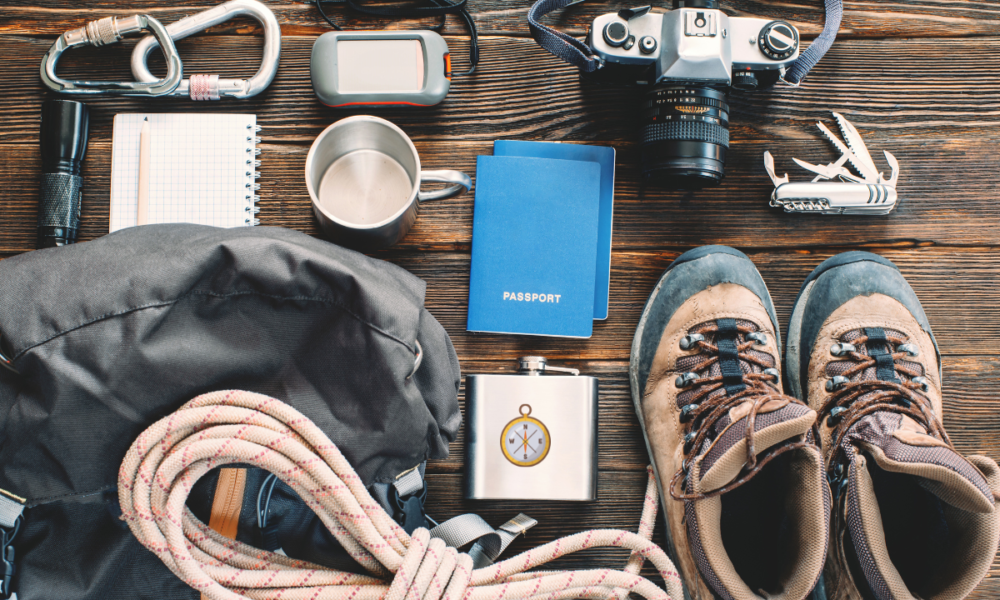Wilderness Survival: How to Pack Light and Still Be Prepared
Surviving in the wilderness can be unpredictable, and there is the risk that things will go wrong. Preparing for your trip can greatly reduce the chances of problems occurring, regardless of whether this is a daytrip or a longer excursion. The same methodology for all trips should be used to ensure you are adequately prepared and packed correctly.
Sometimes, the kit you require will differ if you are heading out on a hike or a hunt, but the priority should be to pack light. This can reduce the amount of space you require and make your pack easier to carry. To ensure you do this and that you are prepared for the trip, this post has three tips outlined below.
Remember the Essentials
While your aim should be to pack light, there are some items that are considered necessities. Forgetting these items could make your time out in the wilderness impossible or even lead to dangerous situations, which might mean cutting your excursion short. If you would rather avoid such problems, then you must ensure you pack items from the following categories:
- Emergency shelter
- Fire
- First aid
- Hydration
- Illumination
- Insulation
- Navigation
- Nutrition
- Repair tools
- Sun protection
Some categories are self-explanatory, such as emergency shelter, first aid, and sun protection. However, there are some that require more information to ensure you are adequately prepared. For example, fire will include some type of fire starter, like waterproof matches, and tinder, which you will likely need to find. Similarly, you might carry enough water for hydration, but you can also use a water filter or purification tablets instead.
Focus on Multi-Purpose Gear
To ensure your pack remains light and easy to carry when you are travelling, multi-purpose items should be prioritized. It can be tempting to pack everything you think you might require, but this will be extra weight on your shoulders and take up more room. Instead, you should look for gear that does more than one job, like cordage that can be used to build shelters, create traps, or secure gear.
Another key multi-purpose item to pack is either a multi-tool, which will usually include a knife blade, pliers, and a screwdriver, or a well-made knife. A good option for the latter is a weight-forward knife, like the MKC Chopper. This blade has been designed to provide “devastating chopping power,” and it can complete a variety of tasks from clearing brush to processing game.
Not only will this make your life easier when you head out, but multi-purpose gear could even save you some money in the long run.
Know How to Use the Kit
It is all well and good to pack the right kit, but this is pointless if you do not know how to use each item correctly. Having the proper knowledge can make the most of versatile gear, and this will ensure you can respond efficiently when unexpected challenges arise. It will transform passive items into active, life-saving tools, enabling you to build shelter, navigate, and signal effectively.
Knowledge can save your life out in the wilderness. You should understand how to erect an improvised shelter using materials from your kit, or you should know what natural resources can be used to protect you from the elements. Similarly, if you choose to use water purification tablets, then you need to know how many are required to make unsafe water drinkable.
If you want assistance from an expert, there are wilderness survival courses that can help you learn the skills needed. This type of course will include a survivalist teaching you what kit you should be using, depending on your skill level and the destination’s terrain and weather.
To conclude, wilderness survival can be a challenge, especially for those who are new to this activity. However, with the right kit and preparation, you can find joy and success in your outdoor excursions.






